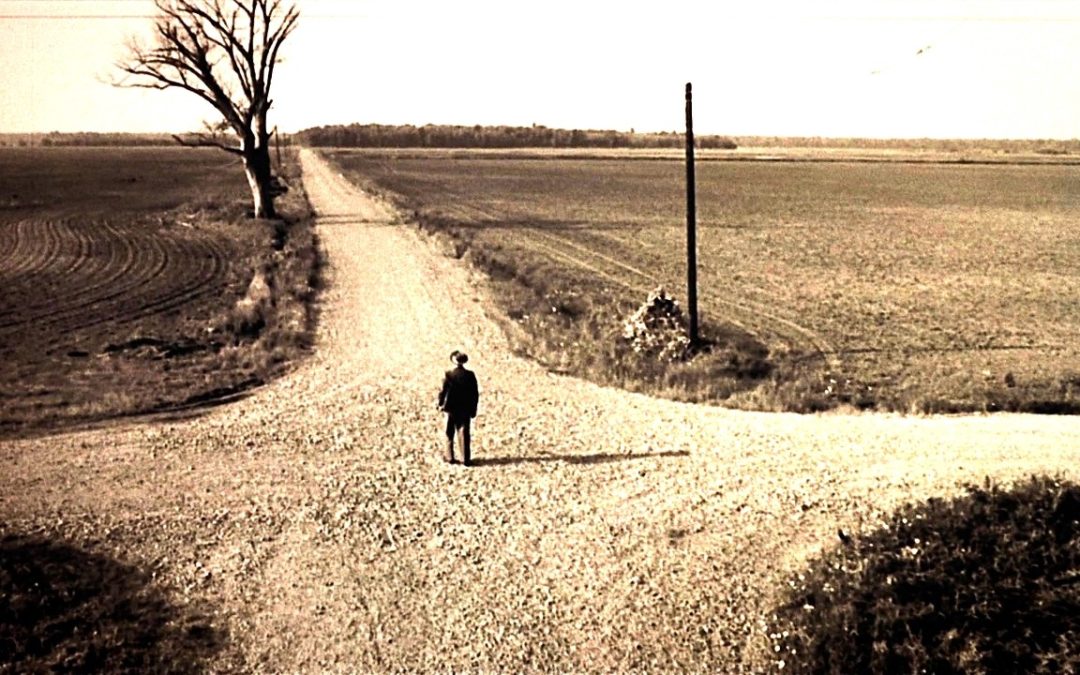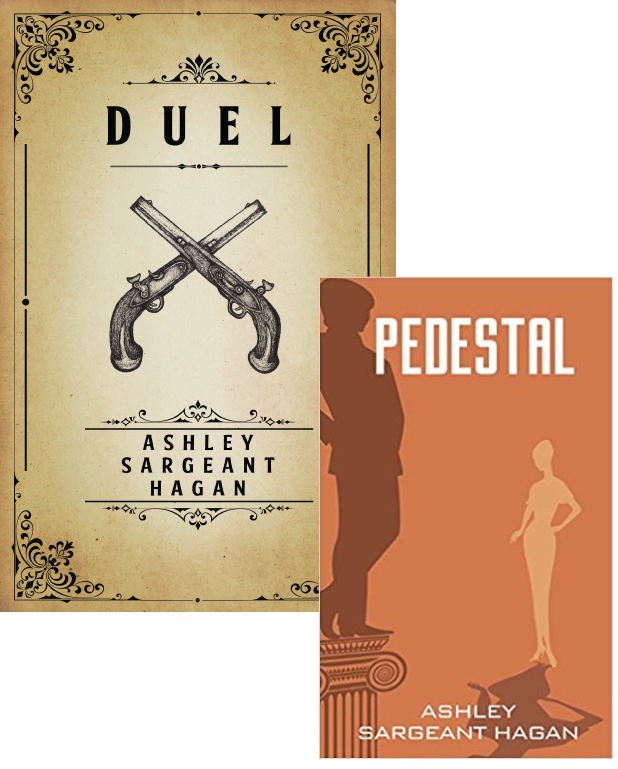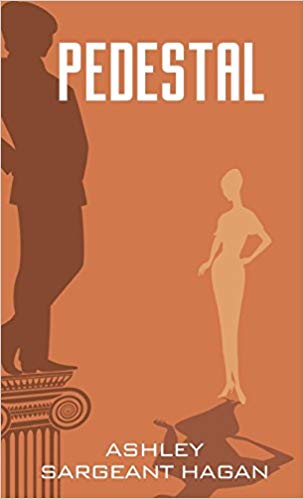Are you at a crossroads about publishing options? Here are some pros and cons of both to help you make an informed decision.
An important question an author should ask himself when he has a completed work is whether to choose the independent publishing route or stick with the traditional. There are pros and cons to both, and a savvy author will need to assess his priorities in order to make a final decision. In his ebook Self Publishing vs Traditional Publishing: Which Way Should I Go, publishing guru and author Michael Hyatt gives four categories to pay attention to when deciding which path is right.
Control:
In independent publishing, the author has control over editing, design, content, and publishing schedule. In traditional publishing, the author shares control with the publisher. To some authors, like me, the thought of submitting creative control to another is torture. Editing is one of my giftings; I actually enjoyed making decisions about my book cover. For others, being responsible for all of those decisions would be too daunting. And that is the downside of creative control. As an independent author, you are also responsible for all of those categories, and as in my case, will most likely have to educate yourself on each subject, or get outside help.
Time:
As an independent author, the path from finished to published work can be almost instantaneous. This is not always a good thing; many independent authors fail to give themselves enough time in the editing and proofreading stages. But, the author is able to choose his own timetable and stick to it, or move it if necessary. With traditional publishing it will take more time to get the book from finished work to the hands of your readers. Bigger companies have more hoops to go through. The advantage, however, is the company is taking care of a lot of those details, leaving the author to do what he does best: writing and promotion. The independent author, out of necessity, may find himself focusing a lot of unwanted time on things he is not naturally good at, or isn’t as knowledgeable about.
Money:
An independent author gets a higher percentage of the sale, usually about 50-60% of printed material and 70% or higher for ebooks. While this sounds extremely attractive, it’s important to keep in mind that there will be expenses on the front end, and it is the responsibility of the independent author to pay for these. As it says in IngramSpark’s invaluable Guide to Independent Publishing, “There’s a very good reason entire corporations are built around the process of shepherding a book from its roughest form to bookstore shelves—when done right, it can be a lengthy and expensive process.” Some of the unexpected expenses could be hiring a graphic designer to prepare the manuscript for printing, purchasing ISBN’s, digitizing the manuscript into ebook form, the cost of printing itself, and marketing expenses. With a traditional publisher, those expenses are taken care of, but paid for by a lower author percentage. A typical contract gives an advance upfront (although those are much lower than in times past), and royalties, which is a percentage of the sale. For traditionally published authors, that percentage is typically 20-25% of the profits. Something else to keep in mind is that most advances have to be paid back to the publisher in book sales, so if the book DOESN’T sell, the author could end up upside down in his contract.
Prestige:
Fortunately, the stigma that used to be attached to independent publishing is changing. Notice I’ve been using the term independent publishing rather than self–publishing. There is a reason for that. It simply sounds more professional. And for the author looking to be taken seriously, that is important. Well-known companies like IngramSpark, Amazon Books, and others are making it easier and cheaper to publish independently. Also, more and more traditionally published authors are beginning to make the switch; some are using both genres while others are opting for the independent route as their preference. That helps raise the quality of independent books. Also, readers are, thankfully, starting to demand a higher standard. With traditional publishing, however, there is an inherent prestige. The traditionally published author doesn’t have to fight as hard for recognition or acceptance. While that is certainly helpful for all authors, there are certain genres (academic, for instance) in which it is essential.
Both independent and traditional publishing take a lot of hard work and dedication. Sometimes one side stands out as the better fit, and sometimes an author will begin with one publishing choice but switch to the other down the road. Either way, an author’s priorities and preferences in each of these four categories will help him decide whether independent or traditional publishing is the right choice for him.






